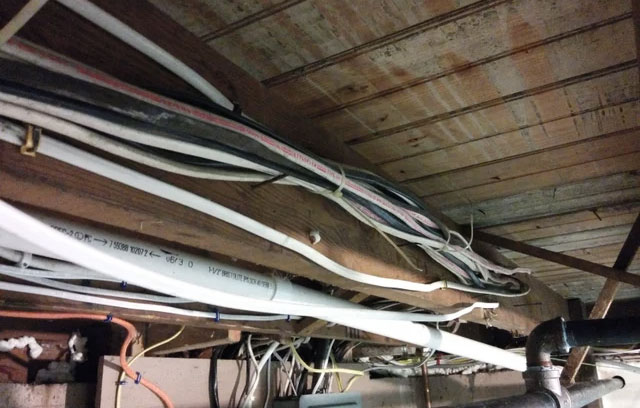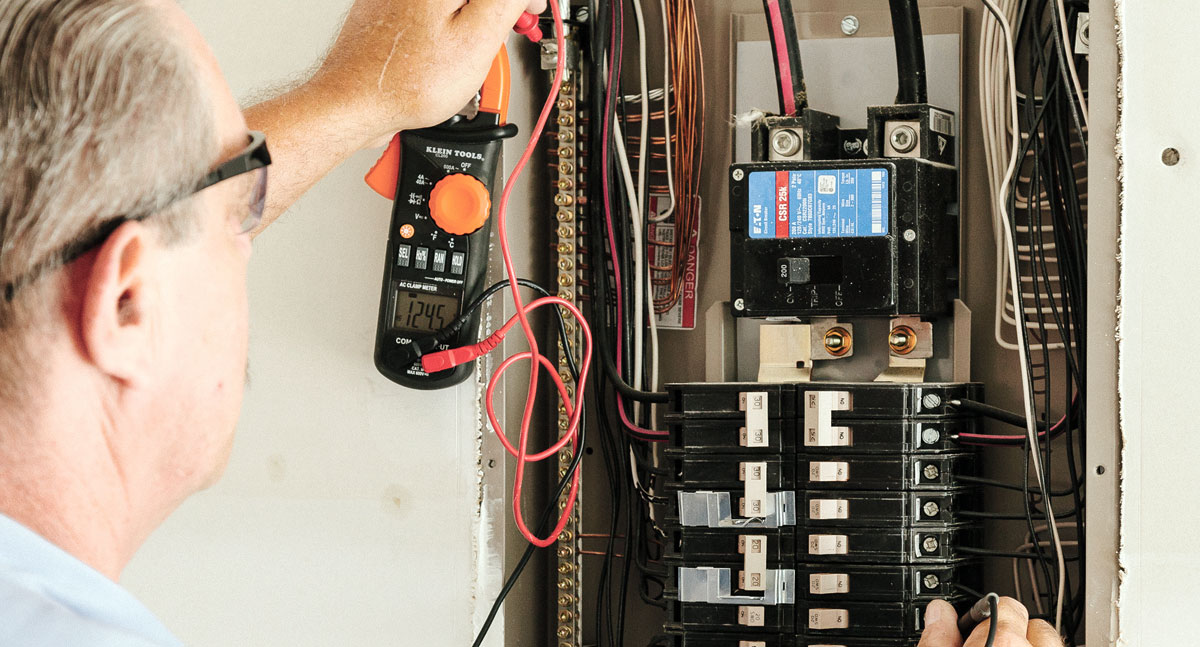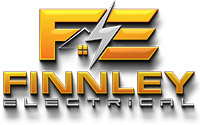In this article, we’ll share our top 10 expert tips for passing an electrical inspection with flying colours. By following these guidelines, you can ensure that your electrical work meets the highest standards of safety and quality and that it is compliant with relevant Australian safety regulations.
1. Familiarise Yourself with Local Requirements
Before you begin any electrical work, make sure to research the specific requirements and guidelines for your local area. Building codes and regulations can vary from one jurisdiction to another, so it’s crucial to know what is expected in your particular region.
For example, in New South Wales (NSW), Australia, it is the responsibility of the property owner to ensure that all electrical appliances and systems are safe and up to Australian safety standards. An electrician can help you ensure that your property passes inspection and is safe for occupancy.
As per the requirements of Regulation 62 of the Electricity Licensing Regulations 1991, ‘where it appears to an electrical worker that there is a defect in any electrical installation or electrical equipment that renders the electrical installation or electrical equipment unsafe, the electrical worker shall immediately report the matter to the owner or operator of the installation, to the relevant supply authority and to the Director’.
2. Obtain the Necessary Permits
Always apply for the required electrical permits from your local government before starting any electrical work. This ensures that your project is legal, and it will also help streamline the inspection process later on.
3. Schedule a Pre-Inspection Consultation
When scheduling an electrical inspection, try to have a conversation with the inspector about their expectations and any potential pitfalls to avoid. Establishing a rapport with the inspector and understanding their specific requirements can greatly increase your chances of passing the inspection.
4. Keep Your Electrical Work Organised
During the rough-in inspection, no devices should be installed on the new circuits. This means no outlets, lights, or switches. Keep the hot and neutral leads separate, and make sure that all ground wires are tied together in each electrical box.

5. Ensure Proper Fire Blocking
Fire blocking is essential for preventing fires from spreading through holes or penetrations between floors or wiring passages. Use fire block expanding foam or fiberglass insulation to fill or plug any holes that could allow a fire to spread.
6. Seal Unused Holes in Electrical Boxes
If any unused holes or gaps are present in your electrical boxes, be sure to seal them. You can use insulation, plugs, or other appropriate materials to close off these openings.
7. Install the Correct Circuit Breakers
Ensure that you are using the proper type of circuit breaker for your specific application. For example, Arc Fault Circuit Interrupters (AFCIs) are required in most living spaces to prevent electrical arcs and fires. Always consult your local guidelines and the inspector for the correct breaker type.
8. Keep the Circuit Unpowered
Do not power the new circuit until all devices are installed and the inspection is complete. The circuit breaker should remain off or unpowered throughout the inspection process.
9. Cap All Wire Ends with Wire Nuts
Place wire nuts on all wire ends, even if there is no exposed conductor. This includes ground wires, as well. This is a critical safety measure that inspectors will be looking for.

10. Secure Cables with Proper Staples
Cable runs must be securely fastened to the framing using cable staples at the required intervals. This keeps the wiring organised and safe, and it is a requirement for passing an electrical inspection.
Bonus: Home Electrical Safety Checklist
The National Electrical and Communications Association, NECA, have their own Home Electrical Safety Checklist which includes many of the key points for electrical inspections that can be useful for you as a general guide on electrical best practices around your home:
- You have had RCDs (safety switches) installed and you test them every three months.
- You have working smoke alarms which you test monthly and replace the batteries yearly.
- You always use a licensed electrician for electrical work.
- You never use a power tool, appliance or lead that you know is faulty or has a frayed cord.
- There are no electrical appliances used in wet areas or near pools.
- There are no damaged powerpoints or switches in your home.
- You always turn the power off before you go into the ceiling space.
- You always switch off a power outlet before you plug in or unplug any power tool or appliance.
- Ceiling insulation does not cover your downlights.
- You are aware of overhead powerlines and service lines – especially when using ladders.
- When not in use, accessible powerpoints have plastic plugs in them to protect young children.
- You teach your kids about being safe with electricity.
- Your outside party lights are suitable for outdoor use.
- You arrange a check of your solar power system every year.
- An electrician has checked the safety of private power poles on your property in the last five years.
- The manufacturer’s instructions for use of electrical equipment are on hand.
- Your home’s earth stake is in good condition.


